Indigenous Iranian military might
22 September marks the anniversary of the 1980 Iraq-Iran war, when Iran found itself isolated against the aggressor Saddam Hussain who had global support. But the day is counterbalanced by the ‘National Day of Defense Industry’, marked on 22 August this year, a healthy antidote to a bitter memory the country is determined not to relive any time soon.
With over 40 years of sanctions, including 8 years of war, Iran understood the importance of military independence. But how deterring has our military programme been and is it economically justified?
Military self-sufficiency for survival is a mantra set deep in the Iranian psyche, Iran has gone about attaining self-sufficiency by indigenizing defense technologies and benefiting from talented manpower in the Armed Forces.
Much attention has been paid to creating and expanding a missile arsenal.
Why has this country focused so much on missiles?
If we didn’t have it, they would’ve certainly destroyed us. You need to act with power against bullies and aggressors. There’s no room for negotiation with someone who doesn’t understand the language of logic. Look at Afghanistan.
They admitted to killing children under the pretext of targeting Daesh and al-Qaeda terrorists. They don’t understand anything. They believe everything has to be in their interests. But that couldn’t be any further from the truth. God has created everyone equal.
Mohammad Esmail Kosari, National Security & Foreign Policy Committee
Threats and military threats against Iran are now part of the US strategy; permanent strategy in order to subdue Tehran.
Therefore they have left Tehran with no other choice but to reinvigorate itself especially considering that Iran is under tough sanctions … many world powers have defied, helping Iran with military tools and equipment forcing Tehran to develop its arms program which actually started during the 8 year long war imposed by former Iraqi dictator Saddam Hussein when Iran was not provided with most simplest defending tools such as barbed wire.
Mostafa Khoshcheshm, Political Analyst
The missile programme is the cornerstone of the Iranian defense strategy and deterrence. It emerged after Iran learned the art of reverse engineering missiles it had acquired from different sources. Effective deterrence capability should be economic justification enough for the missile programme.
During Operation Kheibar in 1984 in the Talaieh area, the 27th Division was commanded by Hajj Ebrahim Hemmat, who was martyred during the same operation. He was a teacher before the Islamic Revolution and used to run away from SAVAK.
He was under considerable pressure there, as there were many injured and martyrs and the Iraqis were repelling their attacks. It got to a point where Hassan Tehrani Moqaddam, known as the father of Iran’s missile program, who was a student at the time, got to the front line.
He used to monitor the news and knew that we were under tremendous pressure there. He came to us. I was helping Hajj Hemmat who was the commander. Tehrani Moqaddam promised to bring in a missile and target the Iraqis’ fortifications so we could advance. The next morning, he brought a Toyota with a metal beam welded on the back and a missile on top. He fired the missile, which flew about 4 meters and landed in front of the Toyota, destroying the truck.
We were shocked by what happened and asked him what went wrong. He said I make missiles [sic]. That was in 1984. He resolutely continued his work and made better missiles later.
Mohammad Esmail Kosari, National Security & Foreign Policy Committee
Thanks to US’s sophisticated drones like RQ Sentinel 160s, 170, MQ4, MQ9, all types of US sophisticated drones that Iran has hunted and brought down and reverse engineered and reproduced all of them; so now Iran is actually manufacturing different and very advanced drones that are radar evading.
Iran has developed the needed geometrical shape, the coating, the structure, texture of the body and the wings that are needed. These are different systems needed for producing such aircraft. Iran has developed this tech through reverse engineering.
Iran is now equipped with most sophisticated drone tech so much so that the CENTCOM commander has said a few weeks ago that they have lost their first place in the world in producing drones because of Iran’s power in this area.
Mostafa Khoshcheshm, Political Analyst
Sanctions against Armed Forces in Iran and the defense industry are not new, the Iranian Air Force—a conventional force--has been subject to harsh sanctions for many years.
Where negotiations for sanctions-lifting might fail, Iran turns to neutralizing sanctions by boosting its industry. It’s not just arms and missiles. Communications networking is itself a power factor in modern wars. And the Ministry of Defense boasted in August that it had managed to localize communications networks in the country.
“Presently, we have established fair cooperation and collaboration with 600 academic centers and 900 knowledge-based companies in line with meeting demands of the Armed Forces in relevant field.”... said the Chief Executive of the Electronic Industries Organization of the Ministry of Defense, Brigadier General Shahrokh Shahram.
Iran’s military history is as old as civilization itself. This country is known to have created the world’s first empire 2500 years ago; a benevolent empire.
So it has always been aware of the importance of arms. And now given its modern-day position in the world and the fact that it’s ruled by religious doctrine, it cares for defense. Rather, defense and deterrence.
Chief of Staff of Iran’s Armed Forces, Major General Mohammad Bagheri, says… that the policy of the Armed Forces is to increase the ability to attack the centers of threats.
His statement released on the occasion of the anniversary of ‘National Day of Defense Industry’, read: "Increasing the ability to attack the centers of threat against the Islamic country is a strategic, unstoppable policy of the armed forces."
As a soldier how badly did you sense the lack of equipment during the war?
It was so severe, both in terms of weapons and ammunition. We would take most of them from Iraqis themselves, because they were backed by dollars coming from Saudi Arabia, the UAE, Qatar, and Kuwait.
Our personnel would cover their shortages from them. Syria was the only country that sold us weapons until the very end of the war, although Libya worked with us in the first 3-4 years and North Korea sold us weapons in the last 3-4 years.
Mohammad Esmail Kosari, National Security & Foreign Policy Committee
The Islamic Republic believes it has aimed for military self-sufficiency, looking at its achievements in strengthening foundations of the Resistance Front as well as expanding its defense capability beyond Iranian borders, Its Armed Forces and defense sector can be taken as a centerpiece of security and stability in the region.
Iranian commanders believe the country’s military self-sufficiency has reached such a level that the courage to attack Iran doesn't exist. The accuracy of Iranian missiles targeting ISIS can serve as proof.
The IRGC or revolution guards corps launched a permanent aerospace fair, showcasing ballistic missiles in September 2020, where it unveiled its third-generation naval strike ballistic missile.
It showcased the Zolfaqar-e Basir missile, with a range of more than 700 kilometers, as its new-generation ballistic missile.
The newest projectile is fitted with a warhead that is guided by an optical seeker head.
The IRGC has previously deployed Zolfaqar e Basir against overseas targets such as gatherings of the terror group Daesh as well as the United States’ Ain al-Assad Airbase in Iraq, which was targeted after the US assassination of Qassem Soleimani, Iran’s top anti-terror general.
Other capabilities demonstrated in the exhibition were UAVs, satellites, defense systems, reconnaissance apparatus, and electronic warfare. Additionally some of the invading drones that were shot down by the Corps in the past, including American and Israeli ones, were on display.
Defence and deterrence
Iran’s ballistic missile systems, supplemented by cruise missiles and UAVs, are intended for deterrence, but can be used for battle, complimented by asymetric warfare tactics.
Israel may have over 200 nuclear warheads but its troops on the ground wouldn’t have much to say for themselves.
Not yet fully provoked, Iran has kept its ballistic missiles range limited to 2,000 kilometers.
Its priority is to improve precision, rather than increase range, notable in several of the following missile systems:
The Qiam-1, is an 800 km-range variant of the Shahab-2 short-range ballistic missile with a 500kg separable warhead and ground-based guidance augmentation
A modified version of the Qiam, which appears to have a maneuverable re-entry vehicle (MARV) to further improve its accuracy, was used in the January 2020 attack against Ain al Asad airbase in Iraq.
The Emad, is based on the longer-range Ghadr-1 variant of the Shahab-3 medium-range ballistic missile and has a claimed range of 1,800km. It is also equipped with a separating MARV.
The road-mobile, solid-fuel short-range ballistic missiles in the Fateh family, have evolved both in range from about 300km to a claimed 1,400km and in accuracy by means of the incorporation of terminal guidance, including an anti-ship version.
The system 3rd of khordad is so popular now among the world armies that they have requested iran to supply them with this type of air defense shield and also the missile used to bring down the air craft is now requested by some countries.
Some of these systems have been taken to syria and deployed in there in order to be integrated into the syria air defense shield. So Iran has spread and developed its air defnse points from a few to 3000 now and in the near future it has plans to increase it to up to 5 to 6 thousand points.
So there no place left in iran and could be targeted by any kind of air craft. Iranian radars and air defnese shield can identify targests from a range of 3000 km away as soon as they start flying.
Mostafa Khoshcheshm, Political Analyst
The Fateh family of missiles also shows the important strides Iran has made in solid-propellant missiles. Those are advantageous because their launch-preparation time is much shorter.
Iran’s long-term missile-development priorities will focus on missiles powered by solid propellants, that overcome the operational and performance limitations of its liquid-propellant systems.
The emphasis on precision together with the move towards solid propellants is combined most clearly in the Fateh family of short-range ballistic missiles. The rolling out of three new Fateh variants – Zolfaghar, Dezful, and Haj Qasem – over 4 years only, is a remarkable feat.
Just as prevention is better than cure, deterrence comes before defence.
And Iran is continuing development and introduction of armed UAVs and cruise missiles…UAVs being unmanned aerial vehicles.
Iran has built warships, destroyers, it’s working on submarines and our navy commanders have announced that if they feel the need, they will build air craft carriers as well.
Mostafa Khoshcheshm, Political Analyst
Major General Hossein Salami of the IRGC said: “We can hit moving targets in the ocean from the heart of our land”.
That would mean targeting aggressive aircraft carriers and warships by long-range ballistic missiles
Military independence is assured by having your own equipment as well as your own people to strategize and put the equipment to use.
Missiles aside, there is another crucial dimension to Iranian defense — its asymmetric warfare doctrine which aims to avoid direct confrontation with the enemy, to compensate for technological inferiority through effective use of surprise and deception and to create a complex battlefield that makes sustained operations difficult for its adversaries… This asymmetric or mosaic defense doctrine was perfected by 2005; with the 2003 invasion of Iraq, Iran had the US practically on its doorstep.
Since 2012 Iran has been adding an offensive dimension by adopting hybrid warfare, known as the “forward defense” doctrine, which recommends fighting opponents outside Iran’s borders before they get too close.
The US and Israel are Iran’s arch foes and they are armed to the teeth. When Iran started its arms development program, it was under sanctions, nobody helped Iran.
Iran was not able even to produce motors and bullets, individual arms, sophisticated arms like decades ago, while Americans had the most sophisticated arms that any country could have.
So Iran was thinking of how it can defuse the threats of Israel and US in the shortest time possible. So they went after asymmetrical warfare and they developed asymmetrical warfare techniques tactics and gradually it became a doctrine.
Mostafa Khoshcheshm, Political Analyst
Pre-revolution, in the 1970s, Iran was undergoing a massive modernization effort under the Shah. Its armed forces were being equipped with mostly American and British-manufactured equipment. But with the revolution, orders or deliveries were cancelled by Western suppliers.
It appeared that before the Islamic Revolution, the US and Europe would provide Iran with whatever weapons and arms we wanted. But the reality was that the Iranian military personnel couldn’t use the equipment and weapons that much.
We saw they couldn’t do anything against the Iranian people. They didn’t have much capability to fight the enemies either. As we have seen throughout history, including under Reza Pahlavi’s rule during World War Two, the British invaded Iran from the South, the Russians from the North, and Iran’s military didn’t put up much resistance.
They didn’t have any choice back then, neither had the Iranian military. Everything was determined by advisers. There were about 50-thousand American advisers stationed in Iran.
Mohammad Esmail Kosari, National Security & Foreign Policy Committee
Iran did not have to rebuild its defense capabilities entirely from scratch but it required strategic redirection in order to apply the revolutionary ideals of independence and self-reliance to defense.
The problems of military dependence can be exemplified by the recent events in Afghanistan. When American maintenance services to the Afghan army were cut off, it could no longer use the world's most advanced fighters and helicopters.
Many of these weapons are unused in Afghanistan today. Even fighter jets delivered to allied Arab countries are in the same situation and cannot be used without US permission.
The billions spent by the US and NATO on the Afghan military, on equipping and training it, could not fix major internal flaws.
On August 15 the Taliban simply walked in and captured the Afghan capital Kabul declaring the war in Afghanistan over.
Finally, I want to say that the same situation persists in Afghanistan today. The Americans stationed their troops in Afghanistan and according to their estimates, paid 2 trillion dollars for establishing a so-called peace.
However, the main objective wasn’t to empower Afghanistan, but to establish a base for them in an area between China, Russia, India and Iran to keep an eye on them.
Mohammad Esmail Kosari, National Security & Foreign Policy Committee
In Iran, pre-1979, Mohammad Reza Shah, the King, paid upfront for his whopping load of military equipment. But even that was denied Iran after the revolution. Not just that. Here’s what happened to thousands of tanks purchased from Britain: Iran had paid for them in the 1970s. But they were sold on to Iraq! So during the war, Iran was turned on using its own tanks, basically!
Also Iran’s Air Force, the IRIAF, had to learn how to keep its large fleet of US-built aircraft and helicopters operational, single-handedly. And so this country began establishing its own aerospace industry.
Also Iran has developed its own fourth generation aircraft for combat and surveillance as well as training. This has happened through self sufficiency move. Also Iran has made a conceptual model of fifth generation of aircraft which is the most developed one in the world. Of course it is a conceptual model but the most important feature of it is the radar evading feature.
Mostafa Khoshcheshm, Political Analyst
Former Iranian Defence Minister, Brigadier General Hatami, stated, “Today, we have gained various achievements in different fields, which are not limited to ground combat, and in the field of missiles, we are undoubtedly one of the world powers, and in the field of unmanned armed vehicle, we are even better than the world's top powers.”
The main focus of our activity is to gain access to strategic weapons in all areas,...
That would be all areas excluding dirty weapons. The founder of the revolution Ayatollah Khomeini,... frequently condemned WMDs and especially chemical weapons, the kind of weapons that killed thousands upon thousands of Iranians during the 8-year war with Iraq.
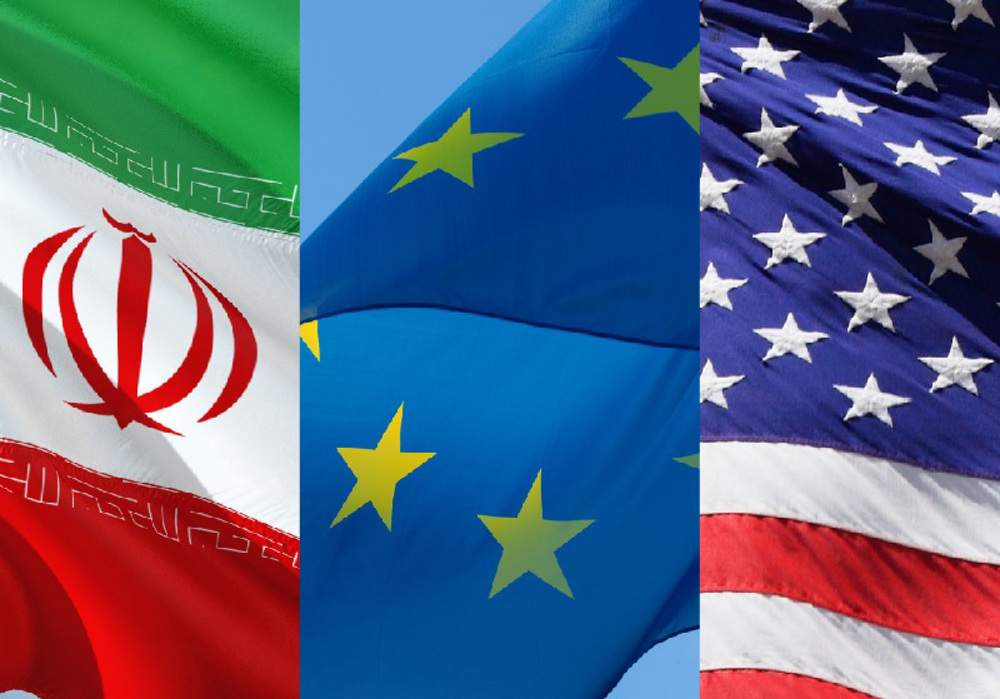
Europe sidelined in indirect Iran-US talks
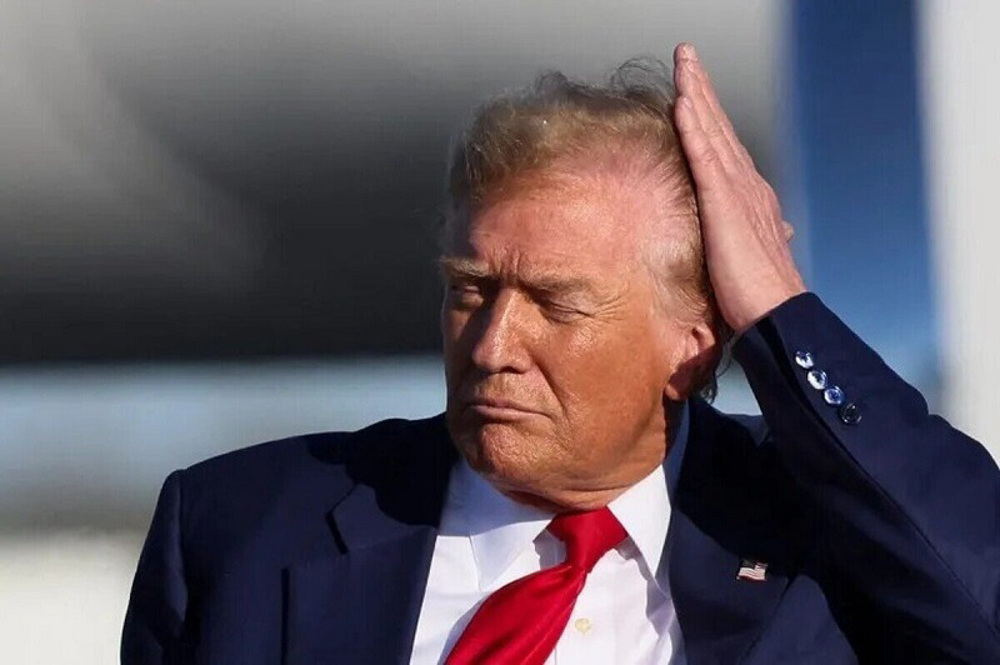
Trump Ukraine mediation muddle
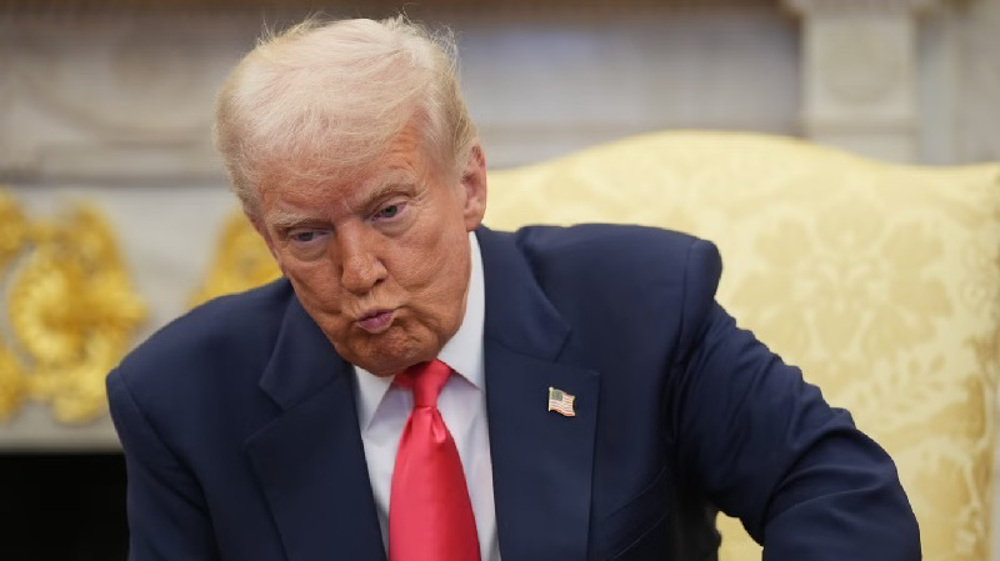
Trump ratings low amid US economic turmoil
Ex-spy chief urges ‘revolt’ against Israeli regime; says Tel Aviv must be ‘stopped’
VIDEO | Press TV's news headlines
VIDEO | Paris hosts ‘end famine’ rally in support of Gaza
Global reactions, offers of assistance pour in after huge deadly explosion in S Iran
Iran pres. stresses collective, effective fight against terrorism in calls with India, Pakistan PMs
VIDEO | Iran-US indirect talks
Iran declares holiday in Bandar Abbas port as fire still raging
VIDEO | NY protesters demand end to genocide on Global Day for Gaza


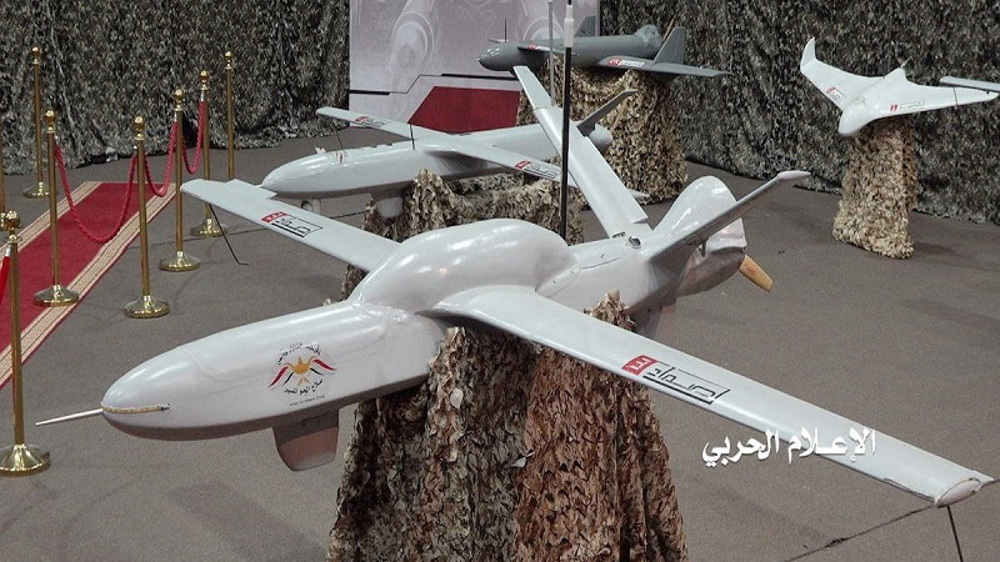

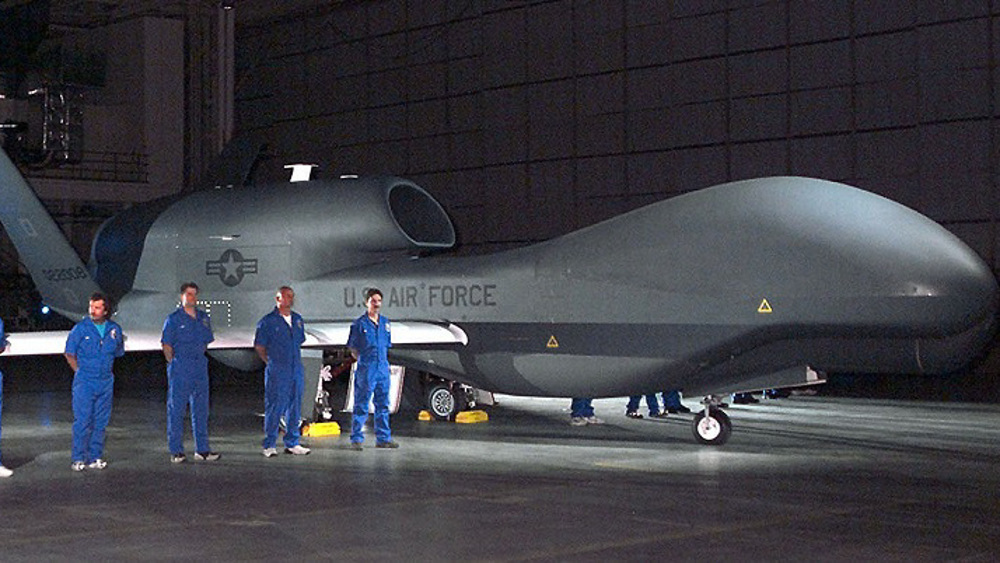
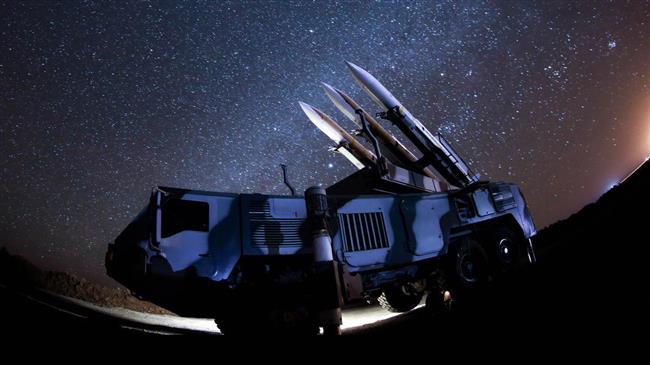
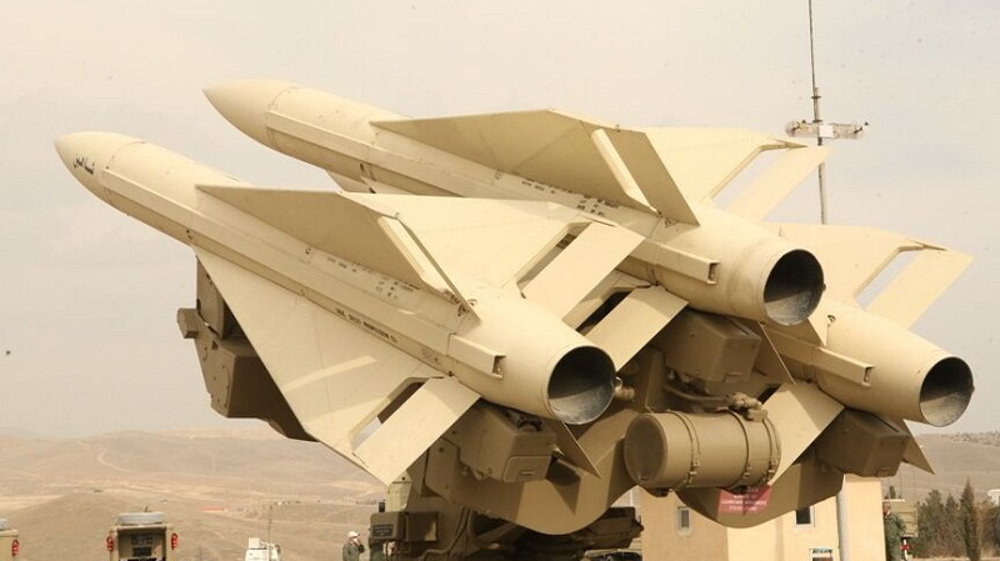
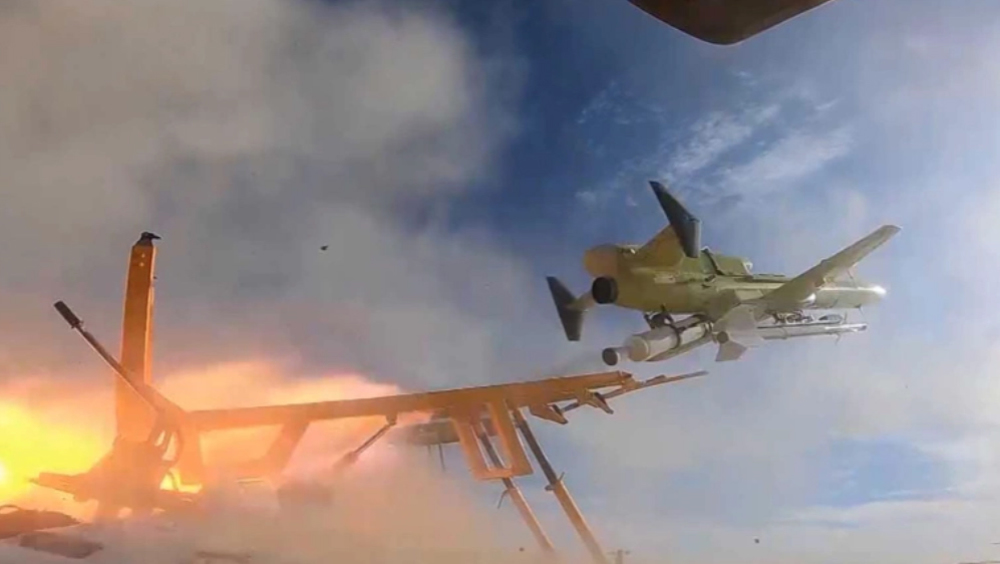
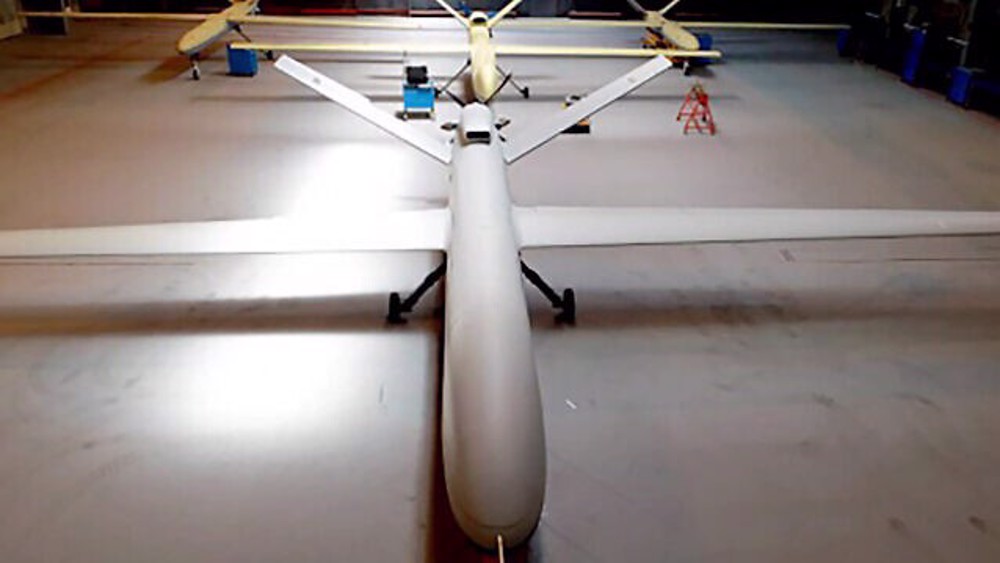



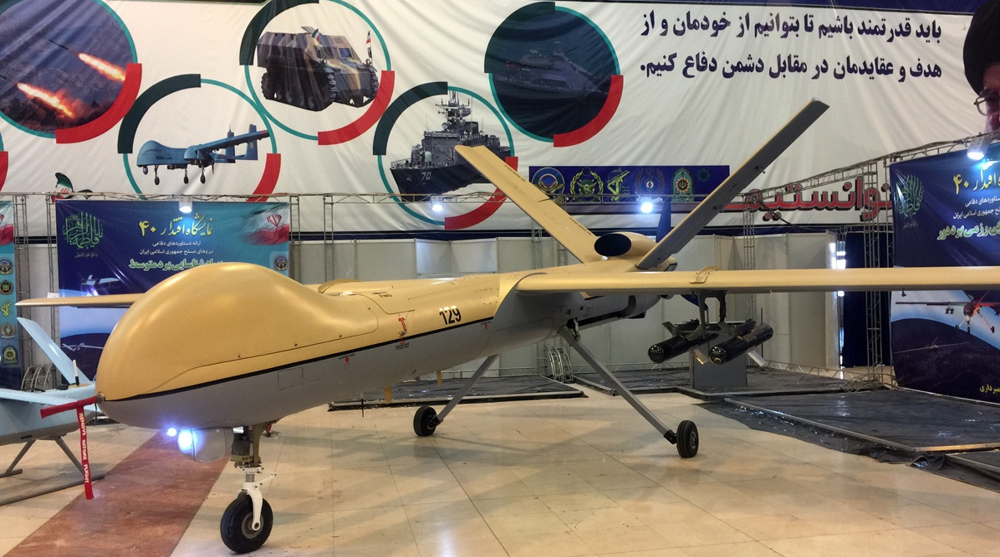
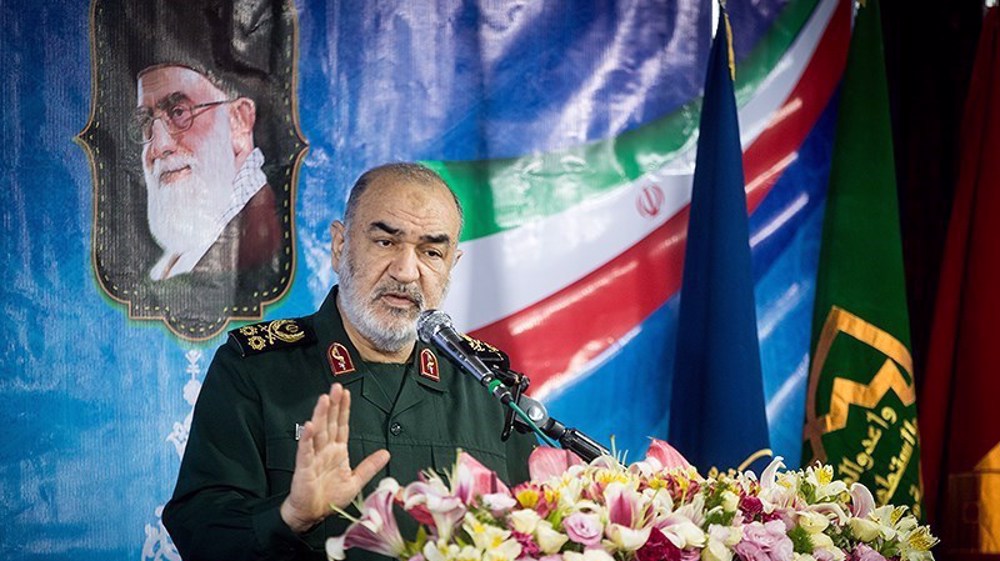
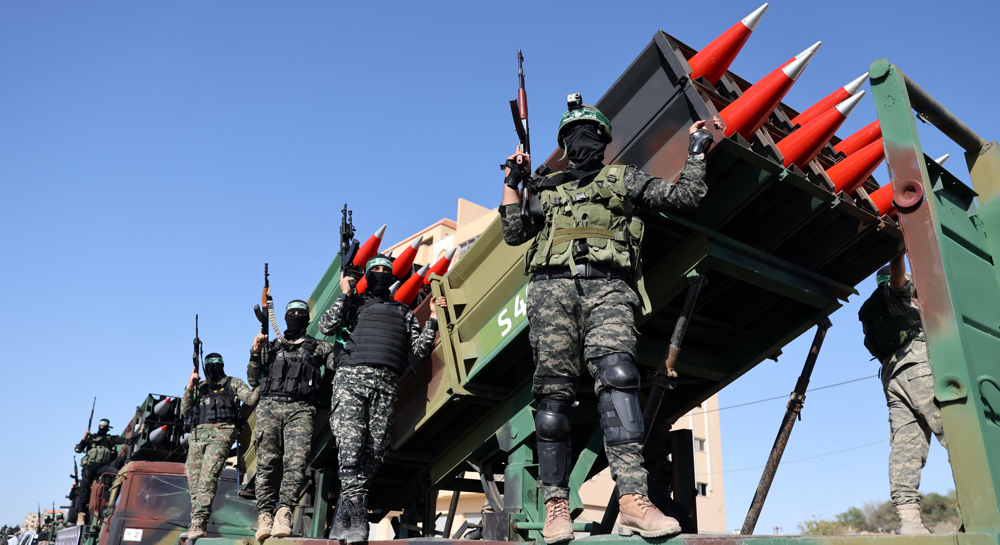
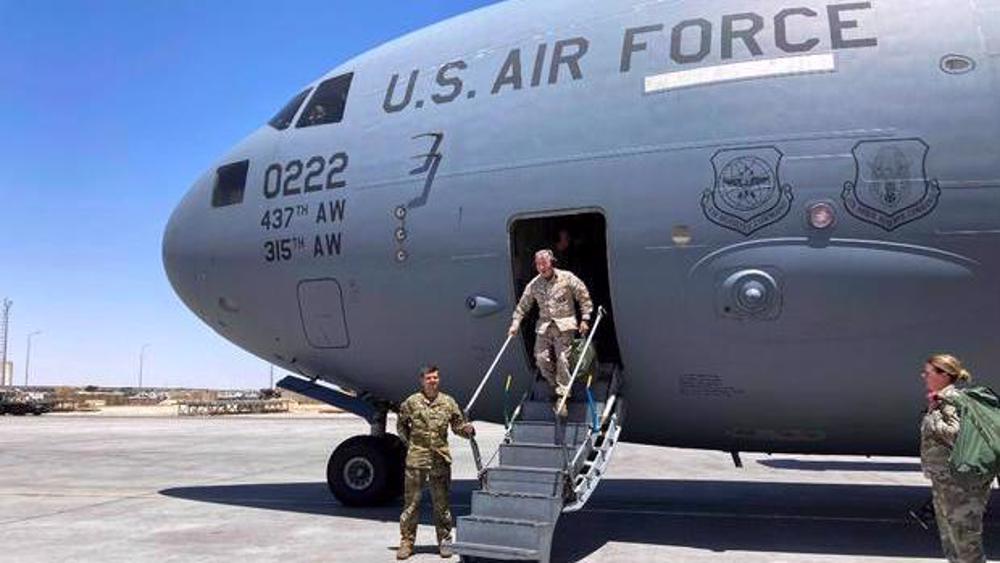
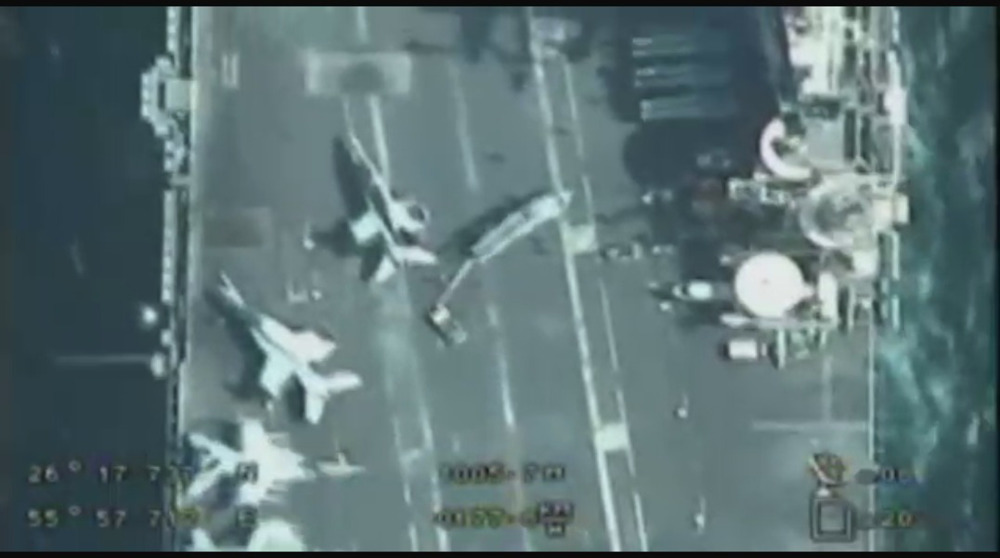
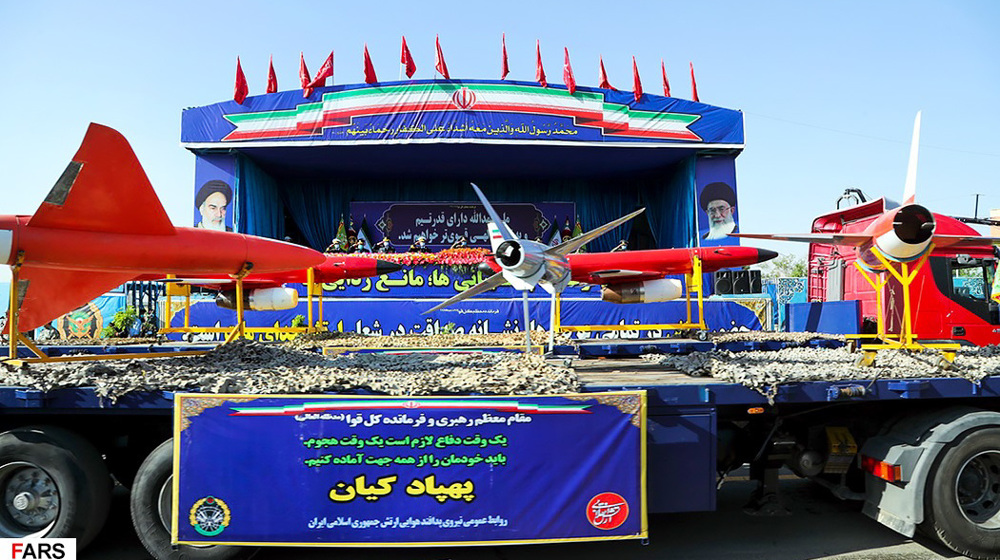
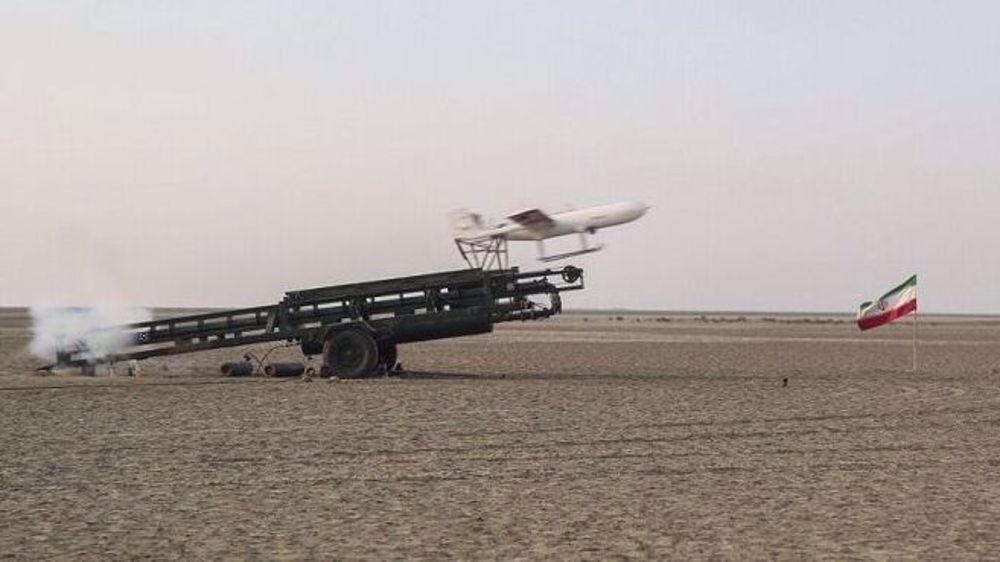
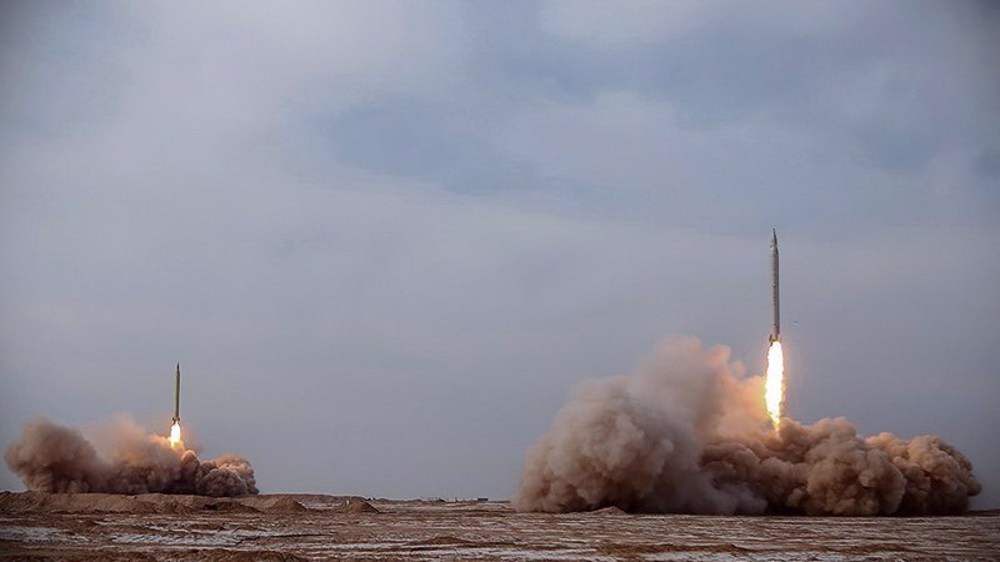
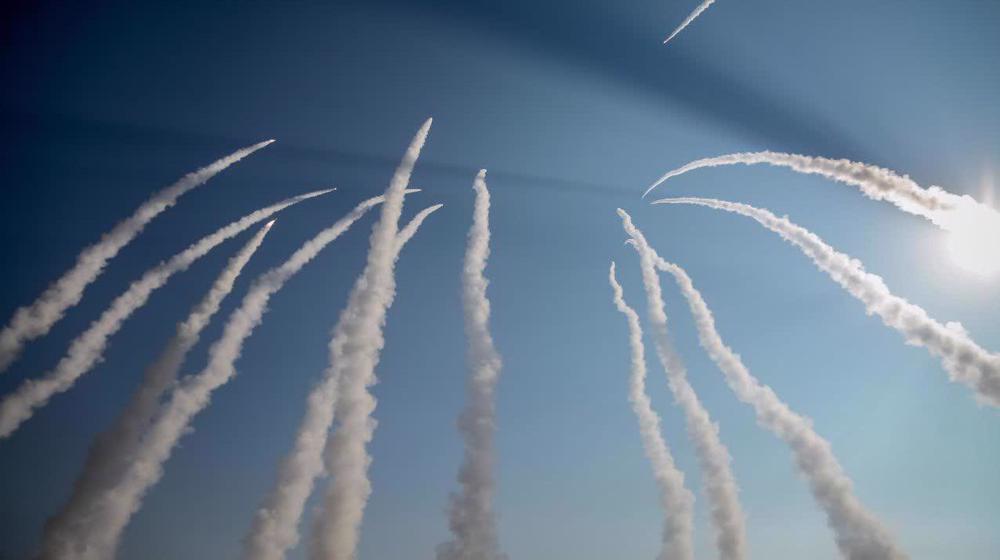
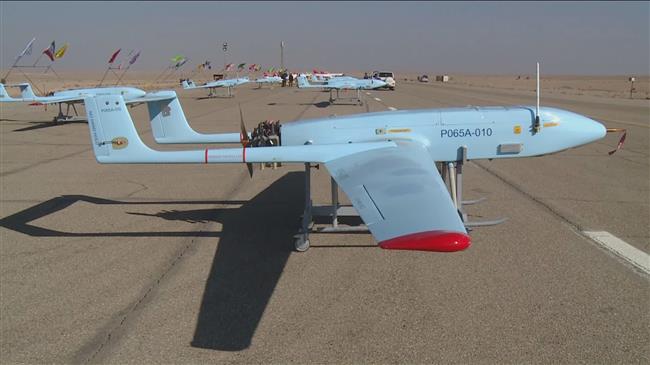

 This makes it easy to access the Press TV website
This makes it easy to access the Press TV website